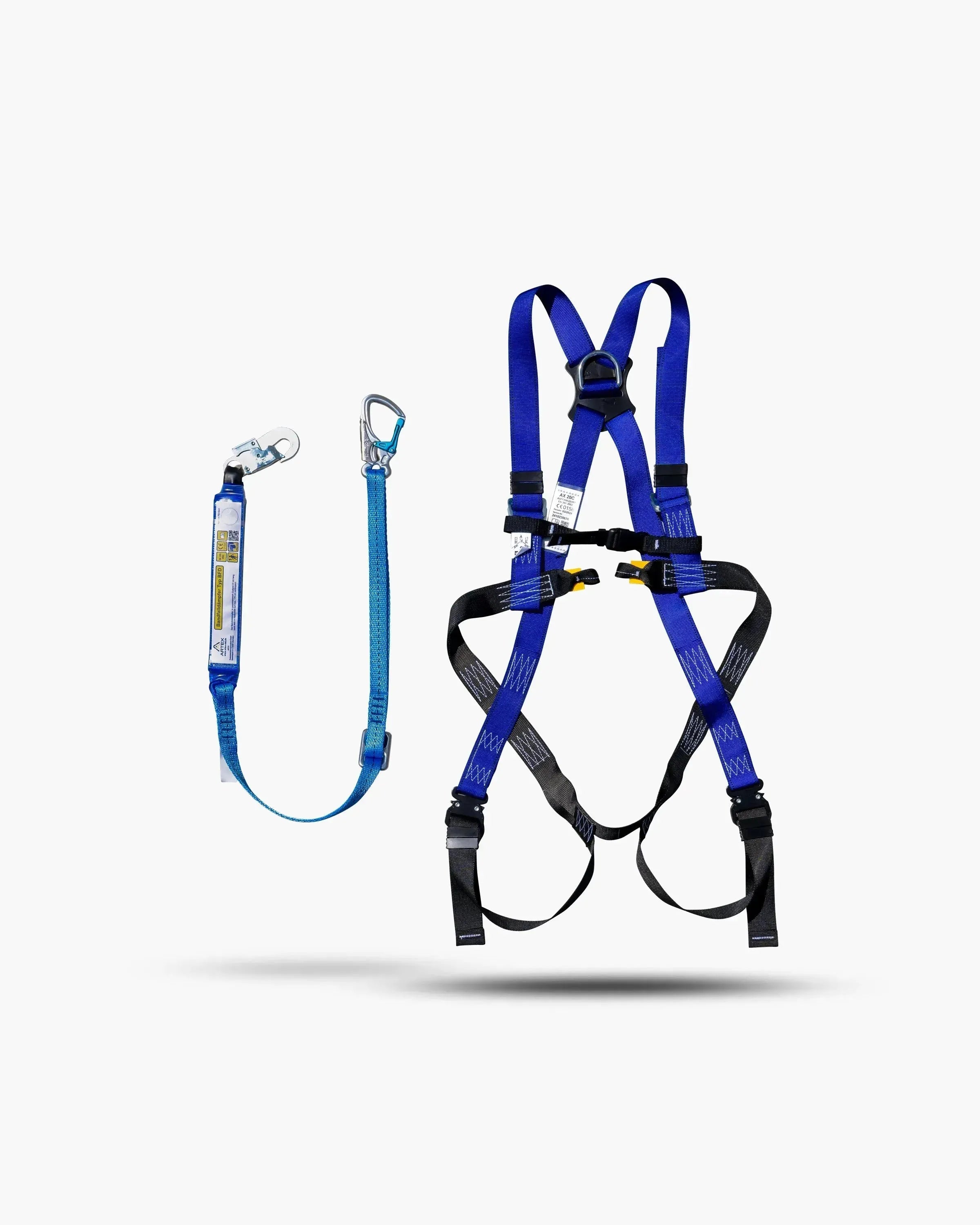Whether on construction sites, in agriculture or in subsoil investigations – the nature of the soil plays a crucial role. Cohesive soils in particular can be a challenge, as their properties change significantly depending on the moisture content.
What is cohesive soil?
Cohesive soil is made up of fine-grained material such as clay or silt. It is called cohesive soil because the fine particles hold water and thereby hold it together. Unlike non-cohesive soil , which is made up of coarse-grained material such as stone or sand and drains water quickly, cohesive soil can absorb large amounts of moisture. This causes it to become soft and mushy when wet, while in dry periods it shrinks, hardens and cracks. This is particularly problematic for construction projects as it causes the soil to lose stability.
Cohesive vs. non-cohesive soil – The most important differences
| Characteristic | Cohesive soil (clay, silt) | Non-cohesive soil (sand, gravel) |
|---|---|---|
| grain structure | Very fine-grained, high density | Coarse-grained, loose structure |
| water absorption | Stores a lot of water, swells | Allows water to pass through quickly, remains stable |
| Load capacity | Low, danger of sinking | High, carries heavy loads well |
| behavior in wet conditions | Muddy, slippery, difficult to navigate | Remains dimensionally stable, drains quickly |
| behavior in dry conditions | Shrinks, forms cracks | Remains largely unchanged |
| compactability | Can be compacted well, but difficult to loosen again | Difficult to compact, but stable after compaction |
What does this mean for construction sites?
- Cohesive soil is problematic for heavy machinery because it can deform and offers little stability.
- Non-cohesive soil is more suitable for the use of work platforms and forklifts because it is more stable and has a better load-bearing capacity.
Problems with cohesive soil in construction
Especially on construction sites, cohesive soil can cause difficulties:
- Sinking of machines such as aerial work platforms or forklifts.
- Instability in buildings because the ground changes when it is wet.
- Difficult to navigate , especially after rainfall.
Solutions for construction sites with cohesive soil
soil improvement on the building site
To improve the load-bearing capacity of cohesive soils , a layer of gravel or crushed stone can be applied. This measure stabilizes the subsoil and prevents machines from sinking. In addition, targeted soil compaction helps to make the subsoil more load-bearing and increase its stability. Another option is to use soil mats or geogrids , which distribute the load more evenly and thus reduce the pressure on the ground. This type of stabilization is particularly important for loamy soils , which have a high proportion of fine-grained material such as clay and silt , as their properties can change relatively differently depending on their moisture content. In some cases, drainage can also be useful to regulate the water content in the soil and improve the load-bearing capacity in the long term.
The right machine selection
You should choose the right machines when working on cohesive soils . This type of soil is often made up of a mixture of clay , silt and other fine-grained materials, which means that the load-bearing properties of the subsoil are highly dependent on the moisture content. In contrast to non-cohesive soils , which are considered to be water-permeable and offer greater stability, cohesive soils can quickly lose their load-bearing capacity. The condition of the subsoil must be checked carefully, particularly in changing weather conditions, for example when rain or wind softens the soil even further. Depending on the composition and degree of moisture, the classification of suitable or unsuitable soil types for certain machines can change.
- Crawler work platforms that distribute the weight better than wheeled ones.
- All-terrain forklifts and telehandlers that are especially designed for soft ground.
- Work platforms with support systems to provide additional stability.
The choice of the right machine therefore depends not only on the load-bearing capacity of the soil, but also on its material composition and friction between the individual grains . A careful analysis of the soil is essential before a structure is built or heavy machinery is used.
Pay attention to the weather
- Adjust application times to avoid extreme moisture or dryness.
- Ground test before starting work to ensure stability.
Conclusion
The difference between cohesive and non-cohesive soil is crucial when planning construction projects. Cohesive soil is more challenging because it changes dramatically with moisture and causes machinery to sink. However, with the right measures - such as soil improvement and choosing the right machinery - it is possible to work safely on cohesive soil.














Share:
Work platform leasing: Why you should opt for flexible rental
Slope angle in construction – meaning, calculation, regulations